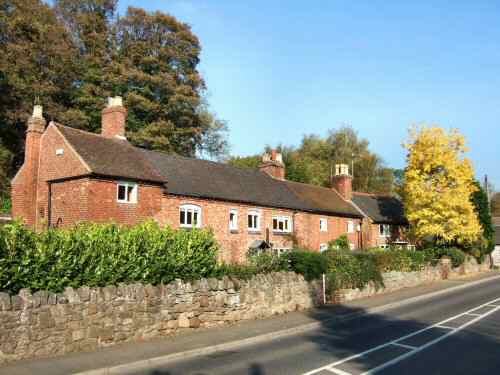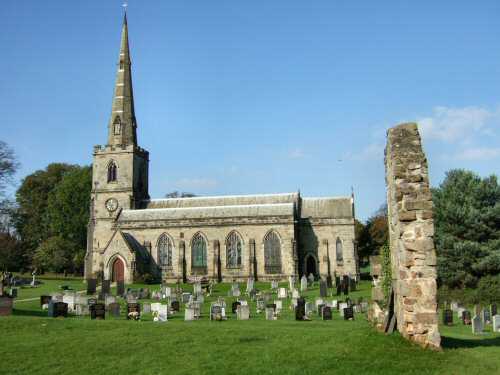CALKE ABBEY
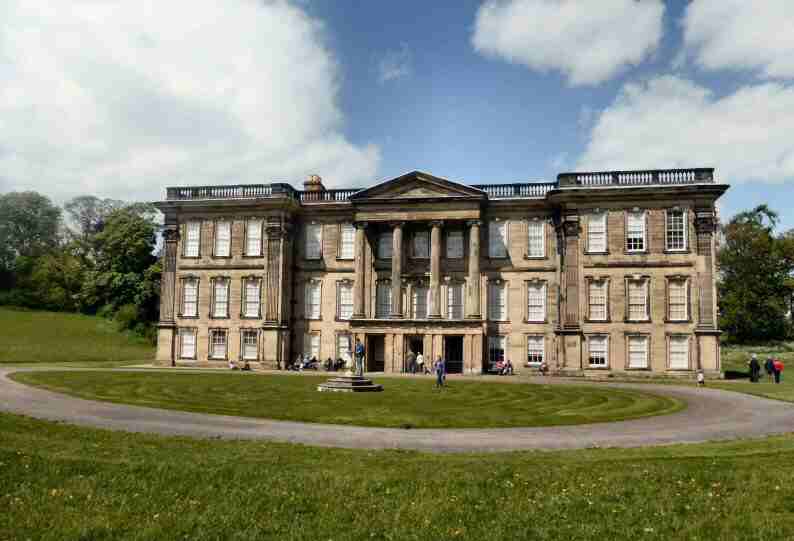
PLAN YOUR VISIT TO CALKE ABBEY
INFORMATION
Location: The main entrance is in Ticknall off the A514, and non-National Trust members are charged. Before visiting, obtain details of the times and dates of opening of the house and gardens from the National Trust/Calke Abbey (SK356240).
Visit: It is free to walk the footpaths in the park and explore the National Nature Reserve, take a stroll in the beautiful walled garden, visit the house, and discover the tales of an eccentric family who amassed a vast collection of hidden treasures; visit Calke, a brand new facility in the park popular with all the family; and take a walk around the recently opened Tramway Trail.
Refreshments: The National Trust Tearooms at Calke Abbey and public houses in Ticknall.
Ticknall: The old village of Ticknall, surrounded by beautiful parkland in attractive well-wooded countryside, is one of South Derbyshire’s proudest assets. Originally, the Harpur-Crewe family built the estate village to Calke Abbey. However, following the sudden death of Sir Charles Harpur-Crewe in March 1981, while out setting mole-traps, the estate was crippled by death duties and the Abbey was handed over to the National Trust in 1985. The village is in a conservation area, but its impact as a whole is more impressive than any individual building. It feels like a larger village than it actually is, with most of the houses strung out along the A514 and B5006 Ashby Road.
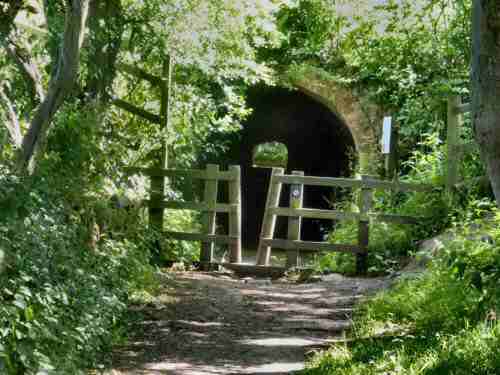
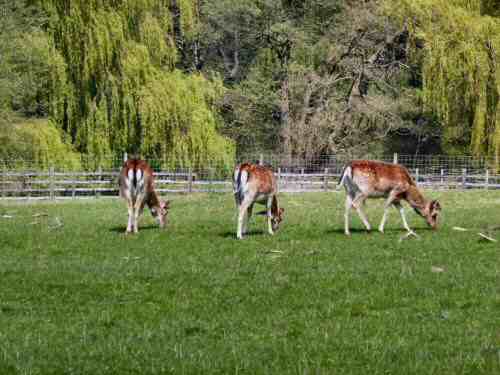
CALKE ABBEY
The tiny village of Calke is situated in South Derbyshire, where a few houses line the road overlooking Staunton Harold Reservoir on the eastern side of Calke Park. The park, with its 600 acres of ancient parkland, is home to Calke Abbey, the second largest country house in Derbyshire after Chatsworth. The house was built for Sir John Harpur, the 4th Baronet, between 1701 and 1704, on a 12th-century Augustinian Priory site. It was renamed Calke ‘Abbey’ in 1808.
Calke Park was designated a Site of Special Scientific Interest in 1992 and a National Nature Reserve in 2004. Many of the trees at Calke are more than 400 years old; several are at least 700 years old, and two oaks are thought to be more than 1,000 years old. A wide range of birds can be seen in the park, encouraged by the many holes in the old trees that provide ideal nesting places.
Private vehicles enter Calke Park from Ticknall. Before Sir Vauncey Harpur Crewe, the last baronet of Calke, died in 1924, guests arriving in motorised vehicles were transferred to horse-drawn carriages at the entrance so as not to disturb the wildlife.
